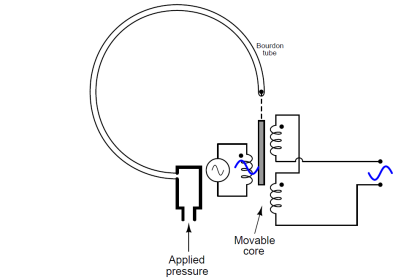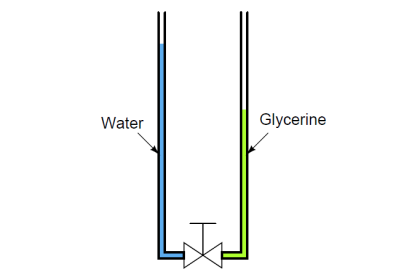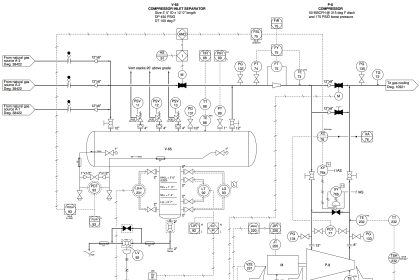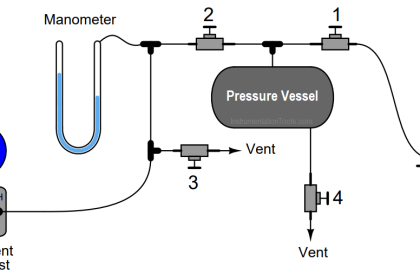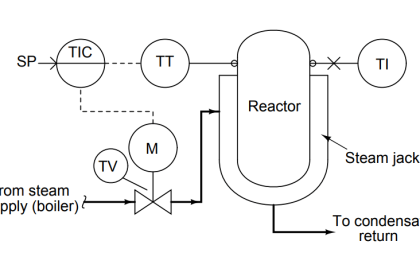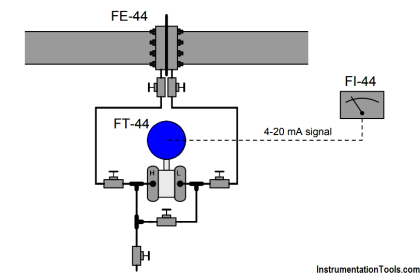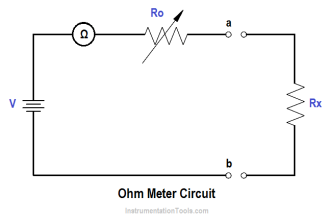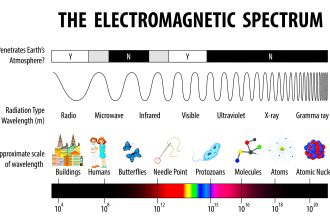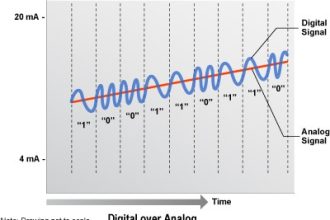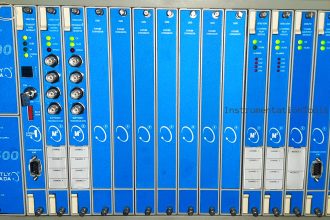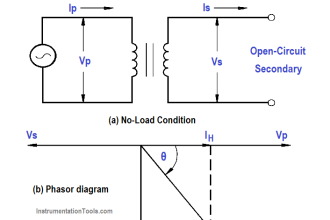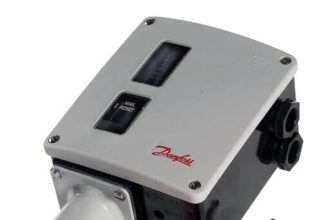Liquid Level Measurement using Pressure Transmitter
Question :
A vessel containing a weak acid/water mixture has a calibrated level range of 0 to 10 feet, measured by a pressure transmitter at the bottom. Suppose that the specific gravity of the normal mixture is 1.12 (112% heavier than pure water, giving 1.12 inches of water column pressure for every inch of vertical height), and that the liquid level happens to be at 6 feet.
Now, suppose some pure acid is added to the vessel, increasing the actual liquid level and increasing the liquid density at the same time. The new liquid level is 7 feet high and the specific gravity has increased to 1.35. Assuming the transmitter has been calibrated for the original specific gravity of 1.12, what will its output signal correspond to in feet of liquid level? In other words, if this transmitter’s output signal were driving a level indicator device for an operator to read, how many feet of level would the indicator device register?
Identify an alternative method for liquid level measurement that would not be affected by changes in liquid density
Answer :
If the liquid level in the vessel rises to 7 feet, the transmitter should (ideally) output a final signal corresponding to 7 feet of level. However, since the transmitter in question is a hydrostatic pressure type, and the liquid density has increased as well, it will not register accurately anymore.
The old specific gravity was 1.12, and the new specific gravity is 1.35. The error in span will be the ratio of the new specific gravity to the old, or 1.35/1.12 = 1.2054. In other words, the new acid/water mixture is 1.2054 times denser than it is supposed to be, according to how the transmitter was calibrated. Thus, the transmitter output will correspond to a liquid level of 7 feet times the error factor of 1.2054, or 8.4375 feet.
A good way to solve this problem is to apply the problem-solving technique of simplification. Imagine the two specific gravities being much simpler numbers: 1 and 2 instead of 1.12 and 1.35, respectively. It should be obvious now that a doubling of specific gravity will result in a doubling of level indication (i.e. the transmitter will register twice as much liquid level as there actually is inside the vessel). It should also be obvious that the error factor is 2:1, which is precisely the ratio of new:old specific gravity.
Alternatively, liquid level could be measured with a float, a capacitive sensor, ultrasonic or radar gauge, or some other instrument functioning on the detection of the liquid/vapor interface.
Also Read : Level Measurement using Pressure Transmitter Principle
